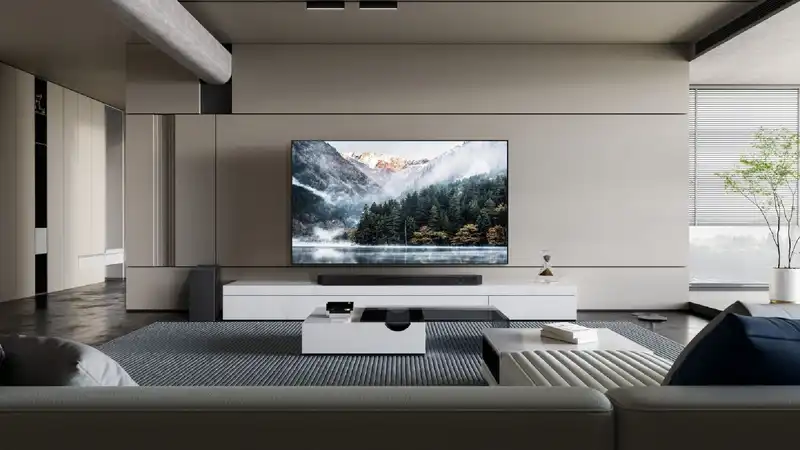However, Samsung Display aims to halve the power consumption of OLED TVs in the near future
As announced in last week's IMID 2024 (via Korean newspaper The Elec), Samsung Display is working on a new strategy to improve OLED energy efficiency without compromising the superior image performance of OLED displays
Samsung Display aims to reduce the power consumption of OLED TVs by up to 50%, but has not revealed a clear timeline or process for achieving this goal Lower power consumption would not only be advantageous for electricity usage, but could also lead to performance improvements, such as increased brightness and improved cooling
These efforts extend to mobile devices, and Samsung Display is an important manufacturer for Apple and for Samsung Improved energy efficiency could lead to longer battery life and generally longer life for handheld devices with OLED screens
Samsung Display will discontinue its commitment to LCD screen technology in 2022 and is now focusing primarily on OLED TVs and devices This includes the recent Samsung S95D OLED TV and the Samsung Galaxy Z Flip 6, both of which feature OLED panels of various sizes
With many of its existing panels, Samsung Display uses “Eco-OLED” panels for mobile devices and QD-OLED for OLED TVs, which are panels with dropped external polarizing film This contributes significantly to the reduction in reflections that the Samsung S95D has amply demonstrated, but also reduces power consumption by 25%
Samsung Display is working on a strategy to improve this existing process of removing the external polarizer, but it is not the only way to improve the energy efficiency of the panel Samsung Display's version is also called “multi-frequency drive” and utilizes similar technology as found in some of the best gaming TVs with VRR (variable refresh rate)
This allows Samsung Display panels to play different refresh rates across the screen, depending on what is happening in a particular area For example, some parts of a scene may be moving while other parts may be stationary, requiring different refresh rates for those instances, which could result in lower power consumption in some capacity
Last but perhaps most interestingly, Samsung Display also has its sights set on tandem OLED designs such as those used in Apple's new iPad Pro While the best TV use cases may be a bit shaky at the moment, Samsung Display believes it is a worthwhile investment to improve the efficiency of OLED displays
Samsung did not give a clear timeline for when consumers will see such radical improvements in power consumption, but OLED TVs are generally quite energy efficient as is, and BKV energy will vary depending on usage, brightness, TV size quoted in the range of 30 watts to 200 watts, depending on specific factors such as The most energy efficient OLED TV is the LG G4 OLED, which has received carbon footprint certification from the Carbon Trust










Comments